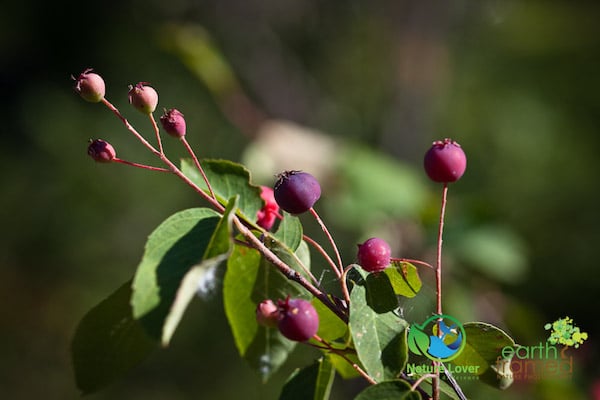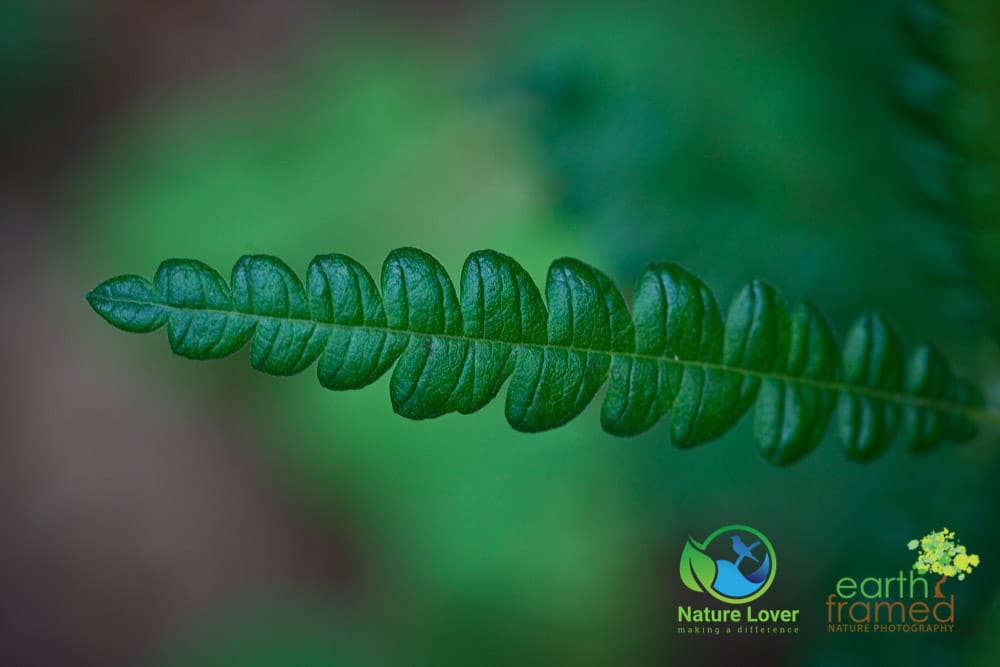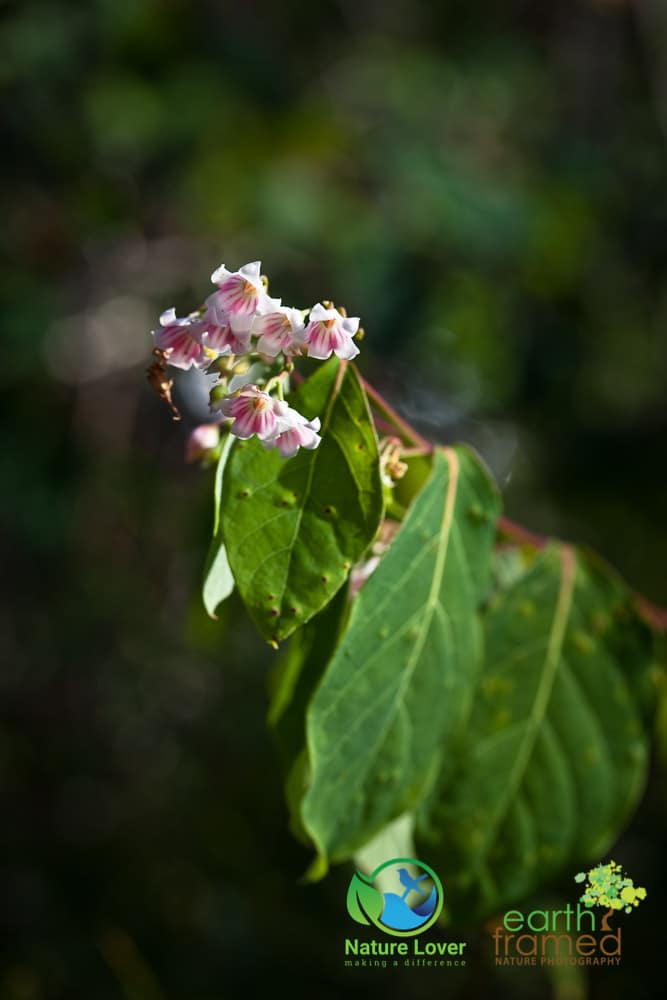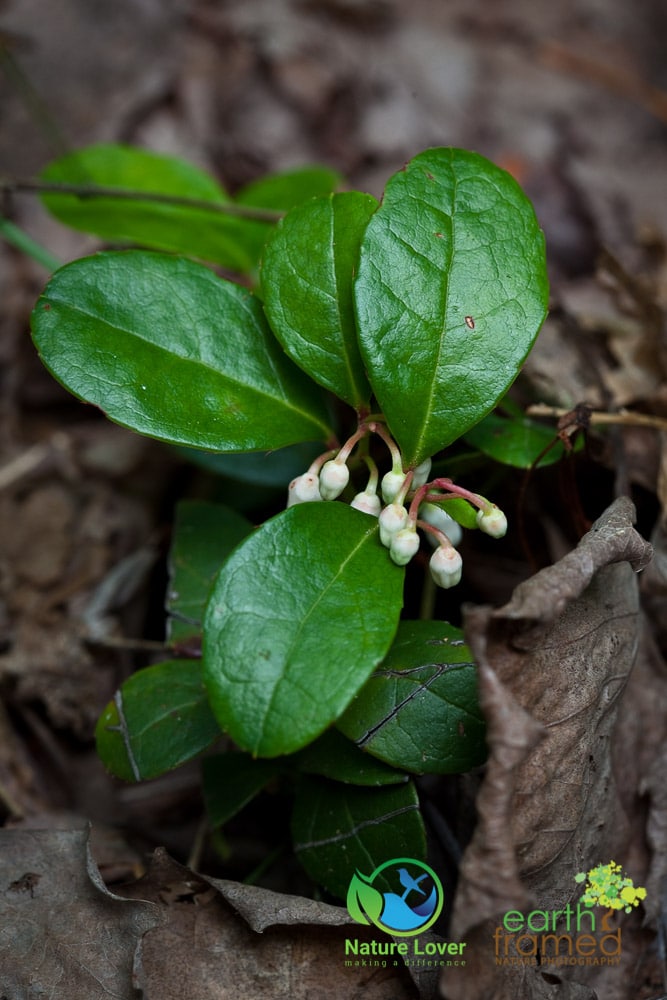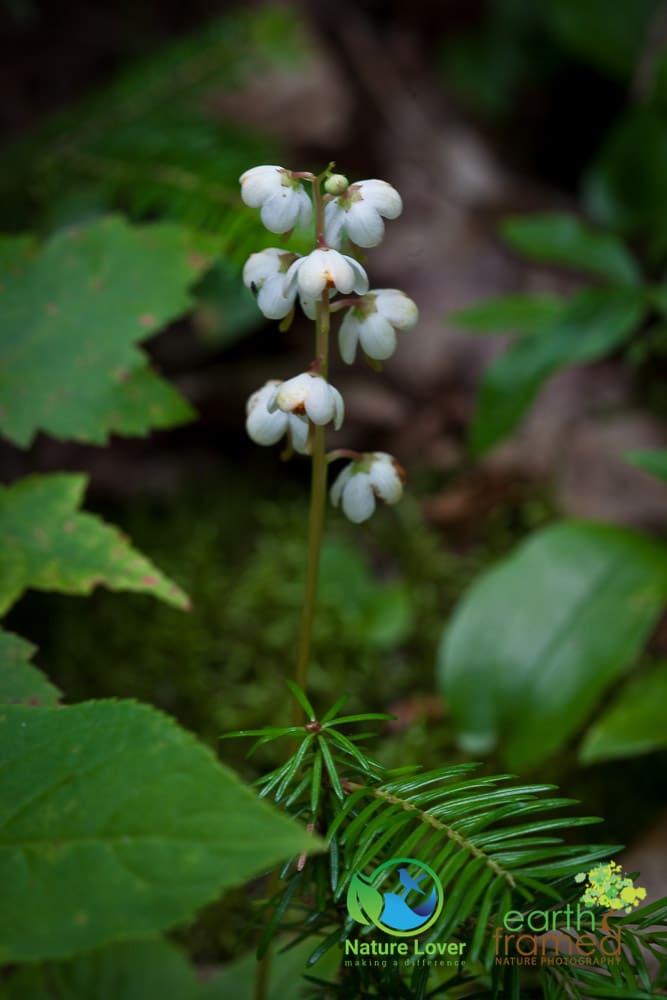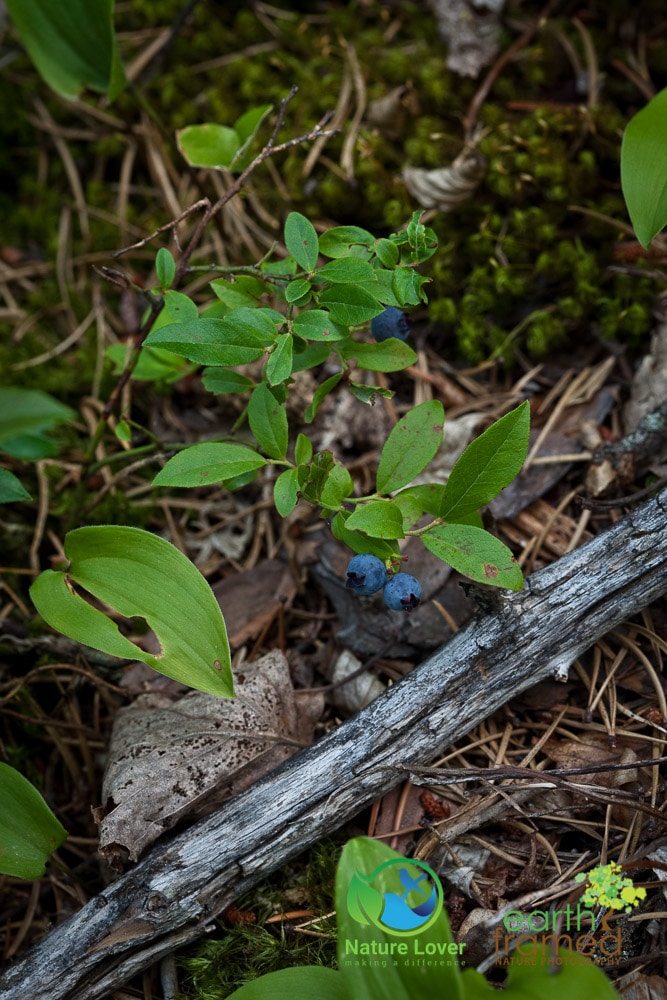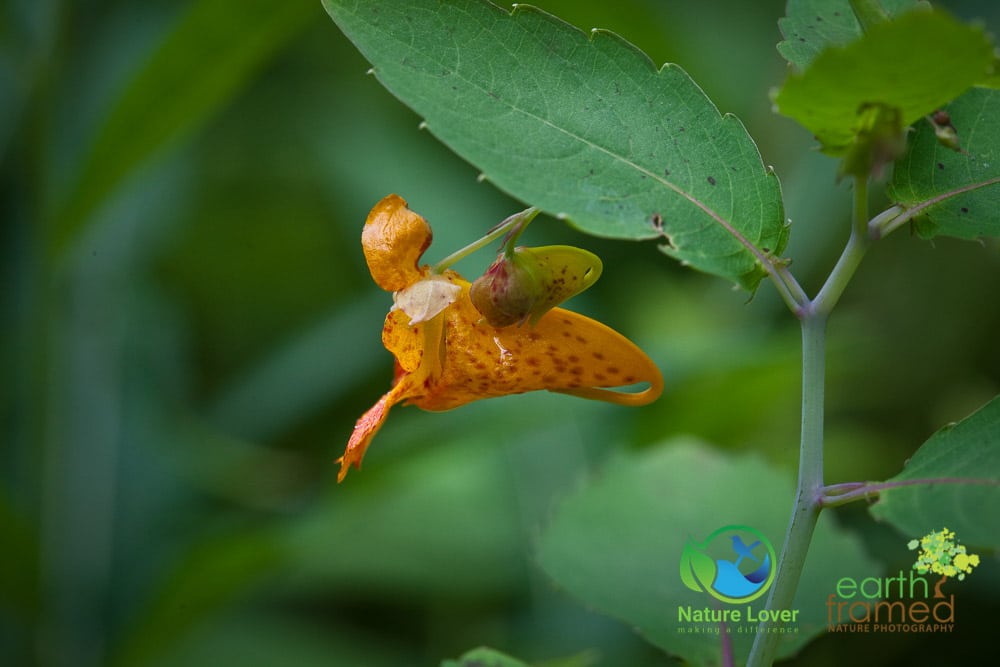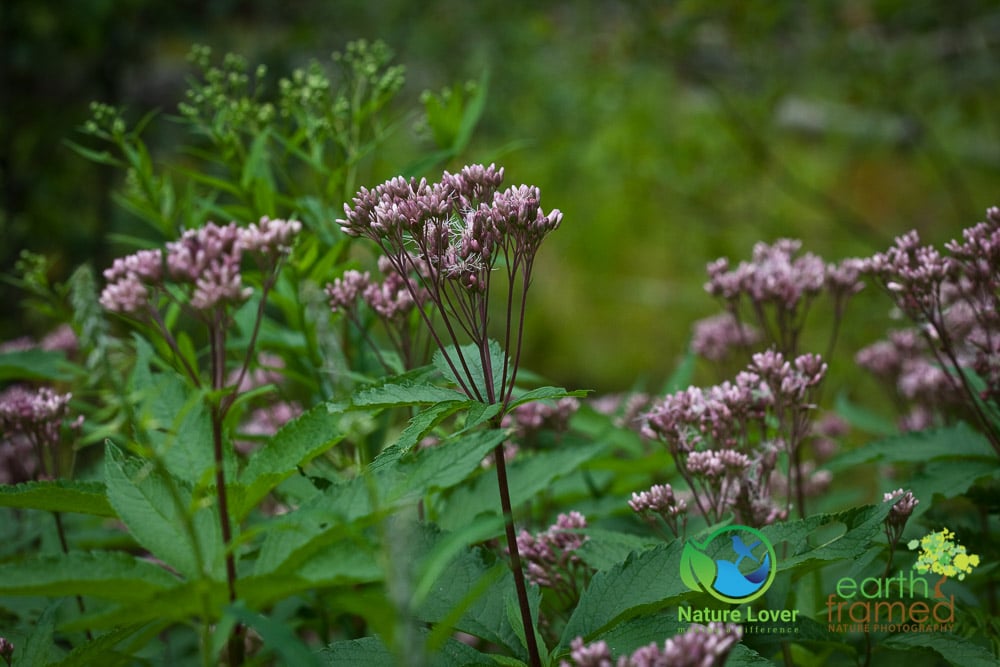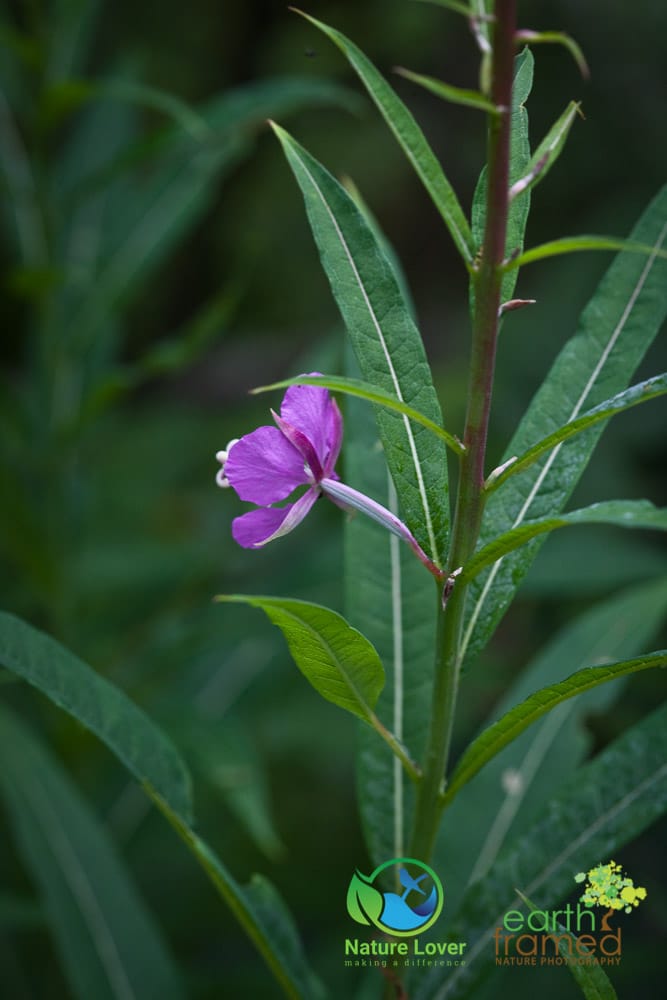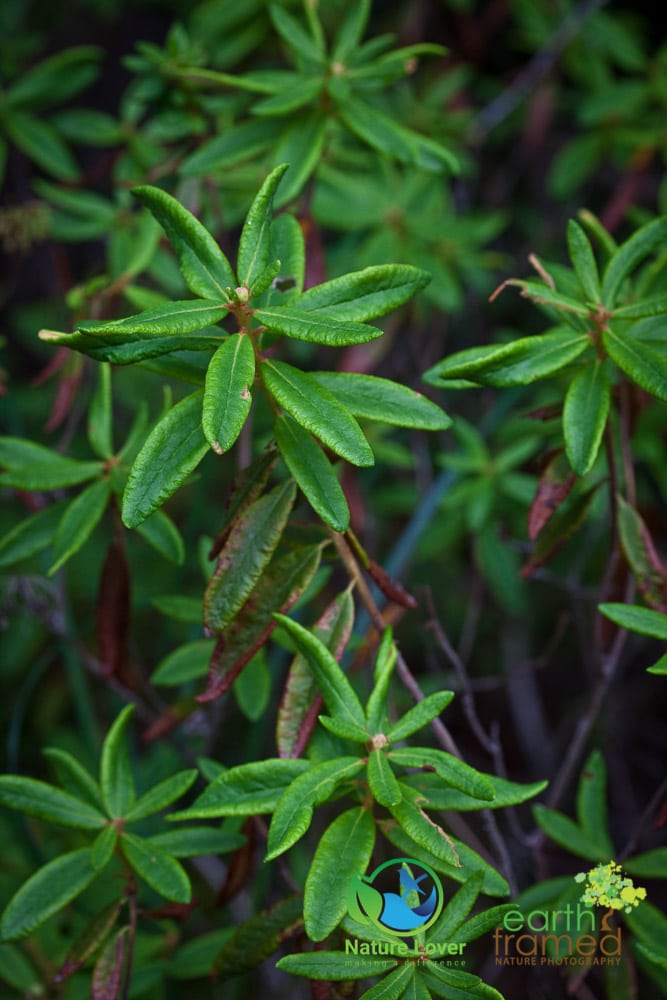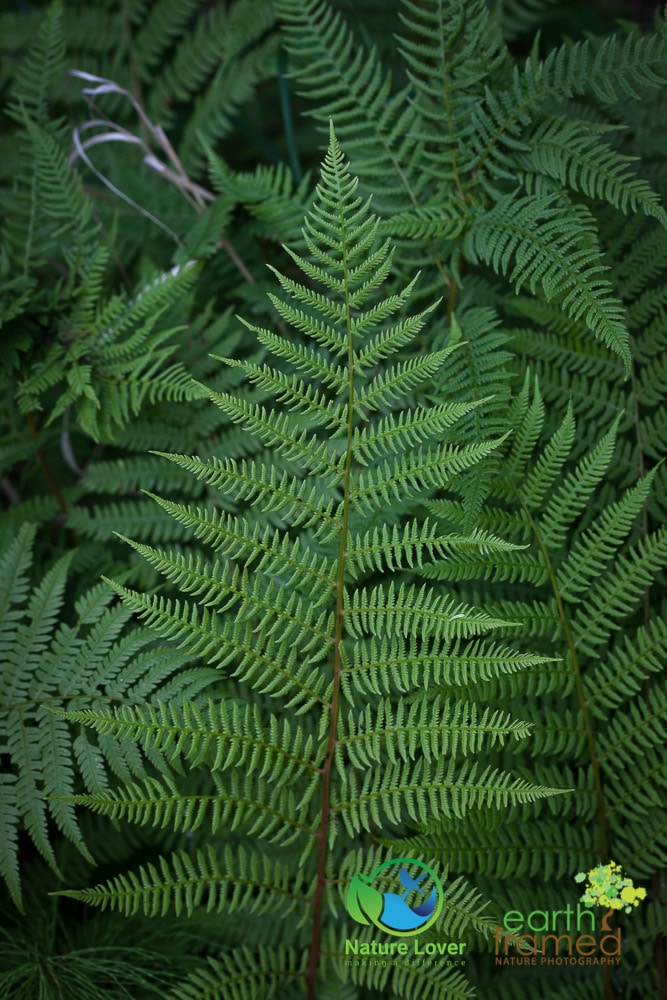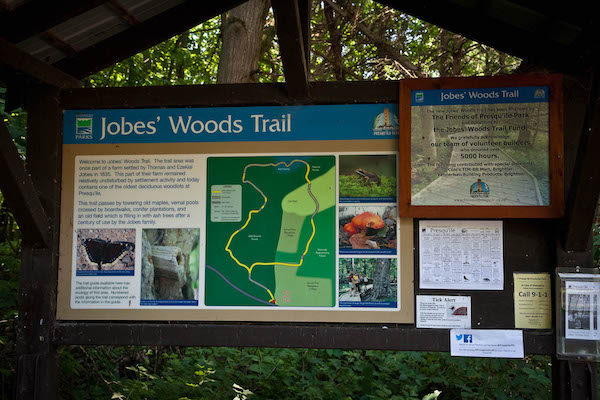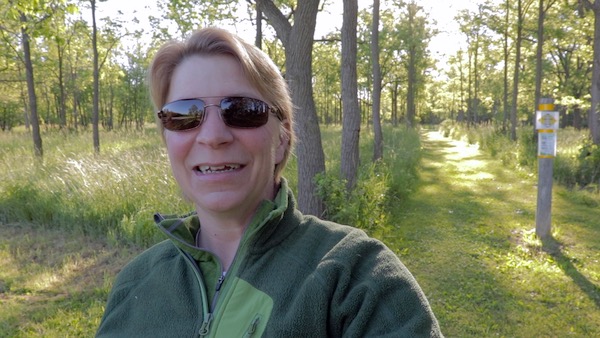During our travels of central Ontario, which feels like northern Ontario to us, we saw similar plant life to home but there were also many plants we had never seen before. I can only imagine the number of wildflowers, ferns and other flowering plants we’d see if we were up here during the spring or early summer.
I love photographing plants and using my macro lens to capture the details and intricacies of the subjects. There are so many beautiful shapes, shades and colours in nature that you never feel like you are taking the same picture twice. As the seasons change and the light conditions vary, no two subjects will be captured identically.
When photographing, be sure to take your time to find the right perspective, the best lighting and the perfect subject. Use depth of field to isolate your subject but be sure to obtain sharpness and eliminate any unnecessary distractions from the edges of your shot.
For this trip I specifically picked up a new reference book to help me identify plants from the area. Although I wasn’t found of the way the book was organized, it contained most of the plants I needed to learn about: Forest Plants of Central Ontario. Check it out at the bottom of this post for more information. It seems that it isn’t readily available but you may be able to find it at your local library or used online.
Spreading Dogbane, also known as fly-trap dogbane, honey bloom and wandering milkweed, is found across most of the United States, Canada and even Northeast Mexico. This native, poisonous plant is beneficial to bees and butterflies.
Striped Coral-Root (native) Hooded Coral-root, or Striped Coral-root is a type of orchid and is found across Southern Canada and parts of the US and Mexico. Having no roots, this plant has a parasitic relationship with the surrounding fungi necessary for its survival. This plants also does not have any chlorophyll, just like the Indian Pipe.
The Canada Mayflower, a native plant that lives in sub-boreal forests, is known by many names: Canadian may-lily, false lily-of-the-valley, Canadian lily-of-the-valley, Two-leaved Solomon seal. The berries of the plant are actually edible but they are usually bitter and tend to cause diarrhea.
Wintergreen is a native evergreen shrub the grows close to the ground. The urn-shaped flowers hang below the shiny green leaves that have a wintergreen flavour. the fruit, which ripens in September, will often stay on the plant over the winter, which is when the edible berrries taste the best. Different parts of this plant are used for food by various mammals and birds.
With the thinnest leaves of all the Pyrola’s the Shinleaf is a native species that prefers the shade of upland forests and the moist areas of bogs, fens, swamp and wet woods. Also known as White Wintergreen the ground based leaves are not shown in this picture.
This beautiful native plant, Bunchberry, was seen all over the forest floors during our camping trip, that included Windy Lake. The white flowers had already been replaced by the plant’s bright red fruit clusters that seem to float above the crowded, whorled leaves. White-tailed deer and spruce grouse can be found eating the leaves, flowers and fruit of the Bunchberry plant.
Around our campsite and along the trails we found many ripe wild blueberries to enjoy.
Spotted Jewelweed, or Spotted Touch-me-not, are a native plant that prefer moist areas and shady areas. The flowers attract hummingbirds, while game birds, White-footed mice and White-tailed deer eat the seeds. The wildflower has also been proven to have fungicidal qualities and the stem’s juice has been said to treat the itch from poison ivy. Many native plants have medicinal qualities that First Nations’ people have been using for centuries.
Purple Boneset is another common name for the Joe Pye weed, which is native to most of Canada, not including the arctic regions. This wildflower is part of the aster family and attracts birds, butterflies, bees and other insects. As a wetland plant it helps stabilize river beds and prevent erosion. The Joe Pye weed is a beautiful plant that would suit many gardens and will be in bloom between July and September.
Fireweed is a gorgeous native plant that is most commonly found in the Canadian Taiga and Boreal Shield regions. Also known as great willowherb, this perennial is part of the willowherb family and its deep pink clusters of flowers can be seen from July to August. Moose have been seen feeding on the seeds of the plant.
Part of the Heath family, Sheep Laurel (or lambkill) can be found in a variety of habitats and its showy flowers are in bloom from May to August. This native species attracts birds, butterflies and bees and it the larval host for the Columbia silkmoth and the Northern Blue butterfly. Sheep Laurel is an extremely toxic plant to humans and to animals, although it doesn’t appear to affect deer.
Bladder Sedge can be found in swamps and marshes where it has at least partial shade. Look for the “rounded female spikes” when trying to identify this native species.
Labrador tea is a shrub in the Heath family and it is found throughout Canada, including the arctic regions. This evergreen shrub has fragrant, white, creamy flowers from April to June. The plant attracts squirrels, butterflies, butterfly larvae and bees. First Nations people used the leaves of the shrub to make tea and they also dried the leaves to use as a tobacco alternative.
The forest floor was covered with ferns and fern allies.

The book is written by Chambers, Legasy and Bentley. It includes “edible plants, native uses of plants, wildlife uses of plants, related or similar species, coloured photographs and illustrations.”
The book is divided into the following chapters: Trees, Shrubs, Herbs (Wildflowers), Grasses, Sedges & Rushes, Ferns & Allies, Mosses & Liverworts and Lichens.
This was the first book that introduced me to fern allies.
It was a nice supplemental guide but not as easily used for wildflowers.
Sources:
Dickinson, T.A.; Bull, J.; Metsger, D. & Dickinson, R. (2004), The ROM Field Guide to Wildflowers of Ontario, Toronto: Royal Ontario Museum.
Evergreen. (n.d.). Retrieved from https://www.evergreen.ca/
Forest Plants of Central Ontario. (1996). Canada: Lone Pine Publishing.
ROM Field Guide to Wildflowers of Ontario, Royal Ontario Museum, Toronto:McClelland and Stewart Ltd., 2004.


